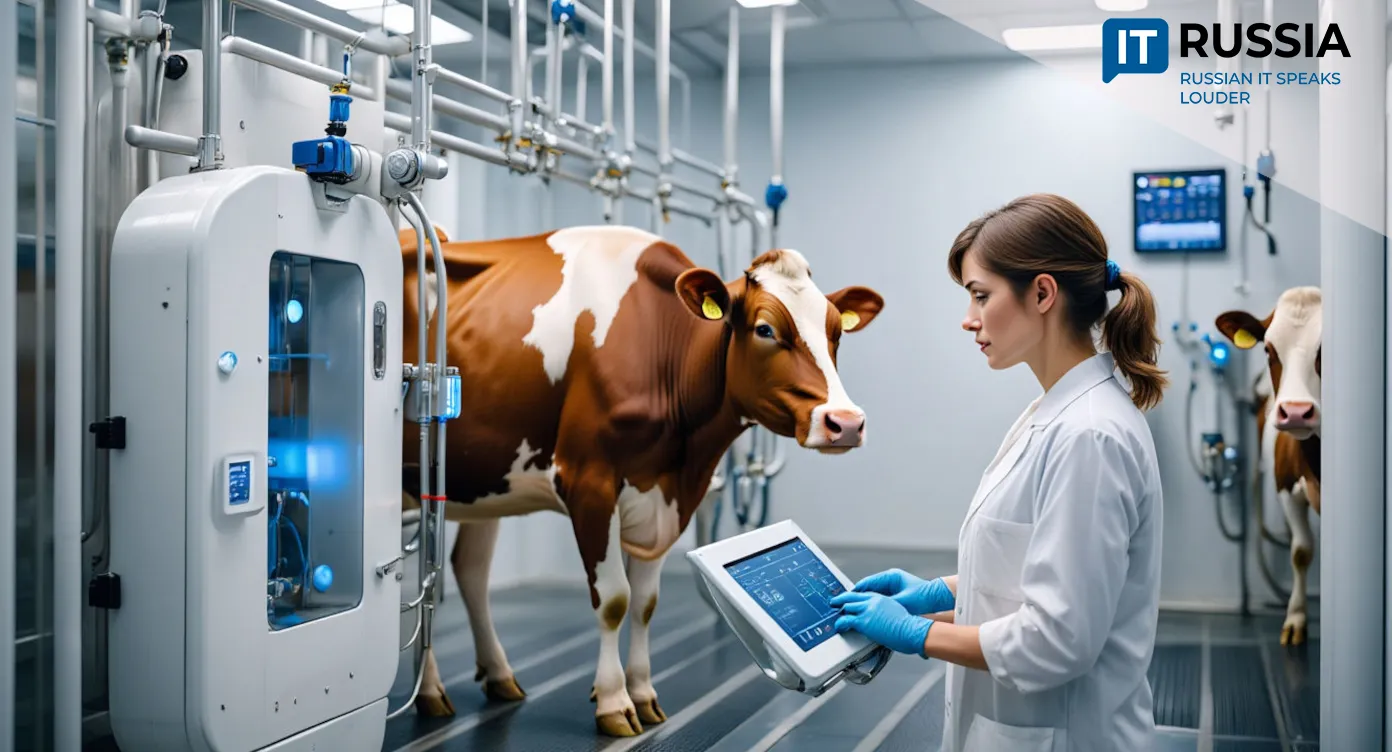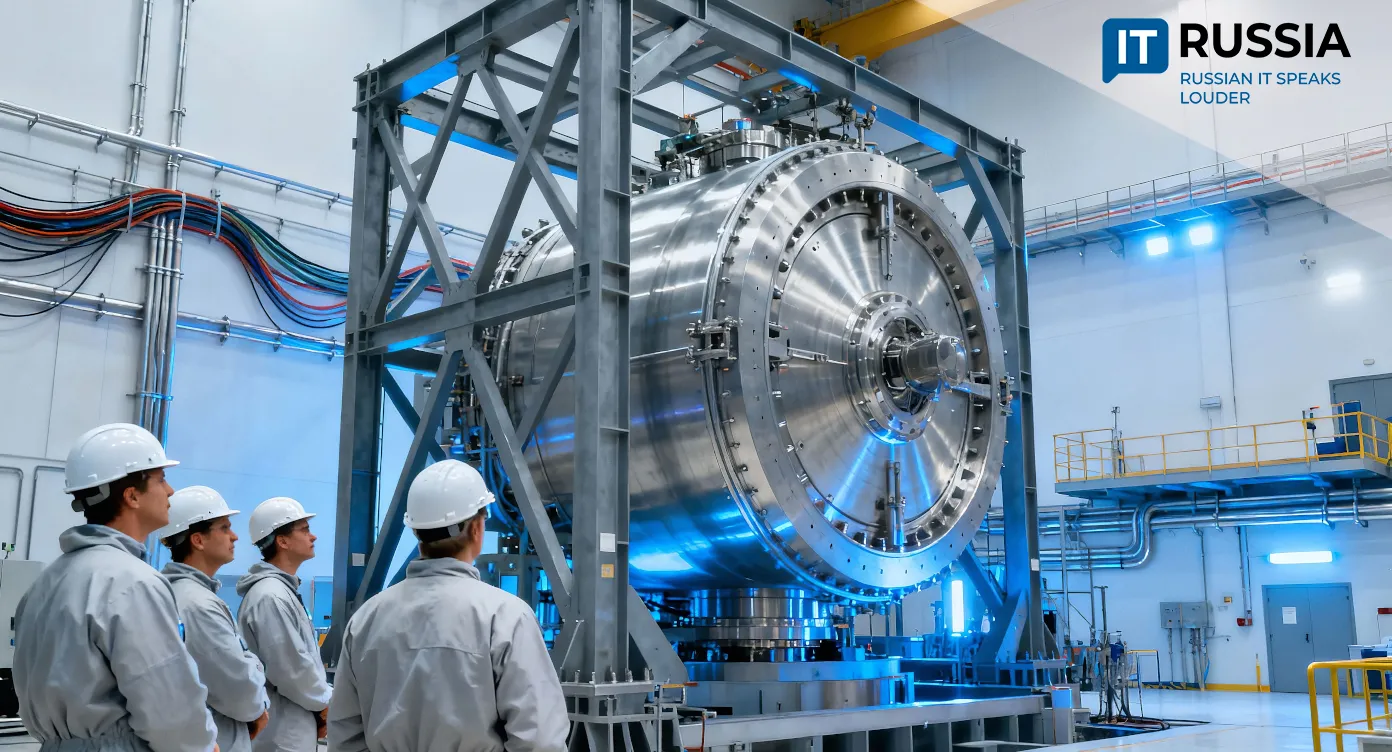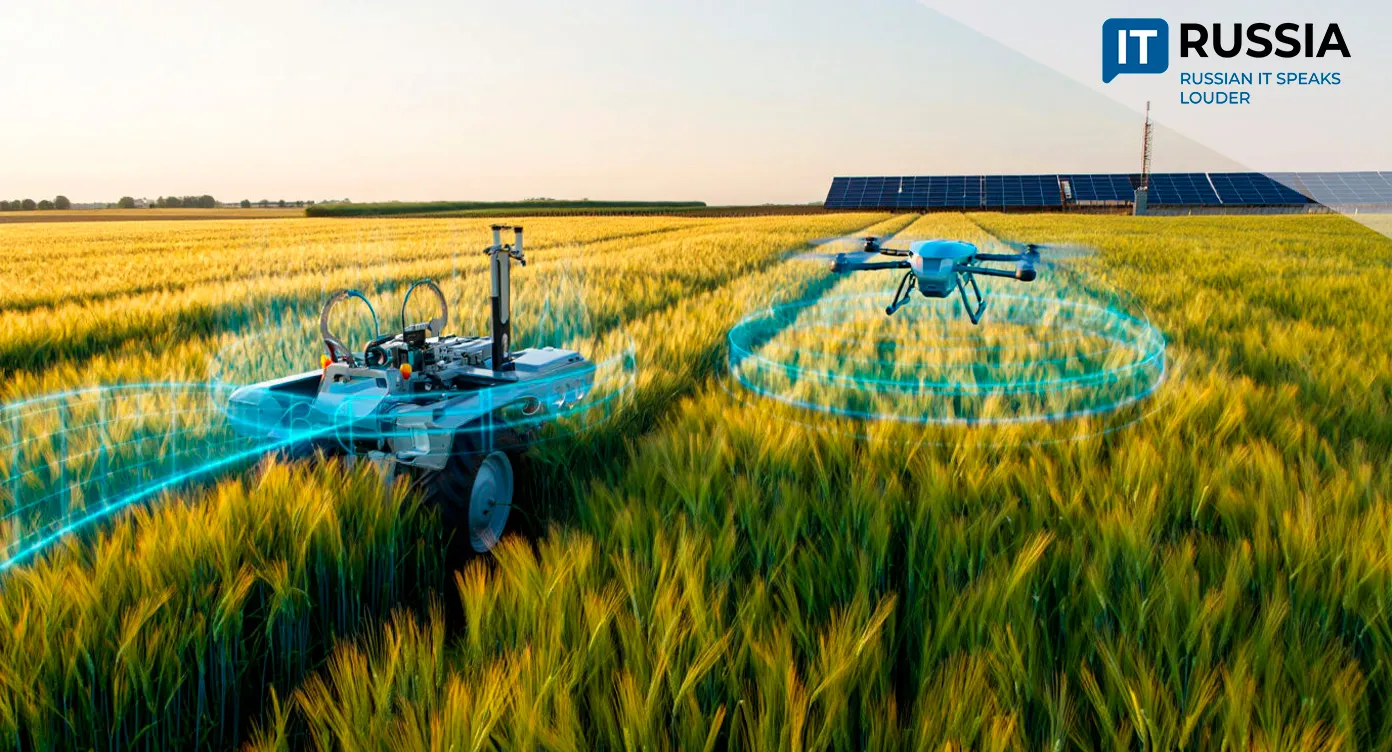AI Boosts Production at Depleted Oil Fields
AI-driven field optimization technologies developed in Russia are showing strong potential to revive declining oil fields and extend the lifecycle of mature assets.

AI for Declining Fields
Falling production is a typical challenge across large oil fields, and traditional well interventions aimed at stabilizing output are delivering diminishing results. As production decreases, operational costs rise—often at an even faster rate.
Researchers at the Tyumen Institute of Oil and Gas (TING) believe they have found a scalable solution. The institute has developed neural‑network tools capable of processing combined data from producing wells, including liquid rates, water cut, and bottom‑hole pressure. The system also incorporates data from injection wells, whose sensors report water injectivity.
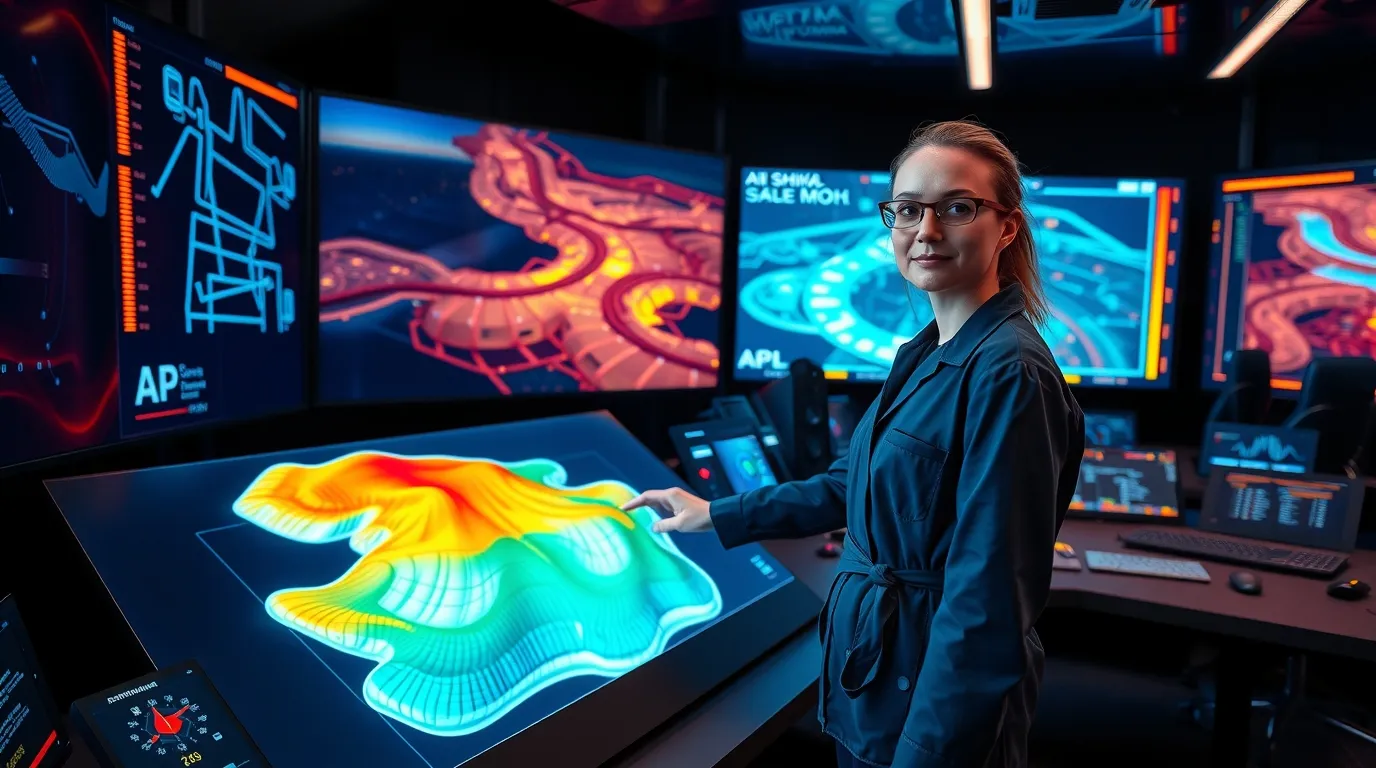
This unified dataset becomes the basis for automated redistribution of injection across the well system. As a result, a digital era is emerging in the oil sector—one that reduces reliance on capital‑intensive interventions.
For operators of mature and hard‑to‑access assets, this technology increases production efficiency, reduces economic risks, and extends the operational life of aging fields. Experts believe that if commercialized, Russian AI‑driven optimization systems could be exported to countries with extensive portfolios of mature fields and high demand for advanced production technologies.
Performance Metrics and Expectations
Field results show that implementing AI increases daily oil production by 10 percent while reducing inefficient injection by another 10 percent. The volume of co‑produced water decreases by 12 percent. Collectively, these improvements lower production costs by 12 percent. Residual recoverable reserves can increase by 10 percent, and the overall recovery factor rises by 5 percent.
Before deployment, each site requires adaptation. The neural network is trained on historical well‑operation data, and in the broader operational context, it significantly accelerates decision‑making.
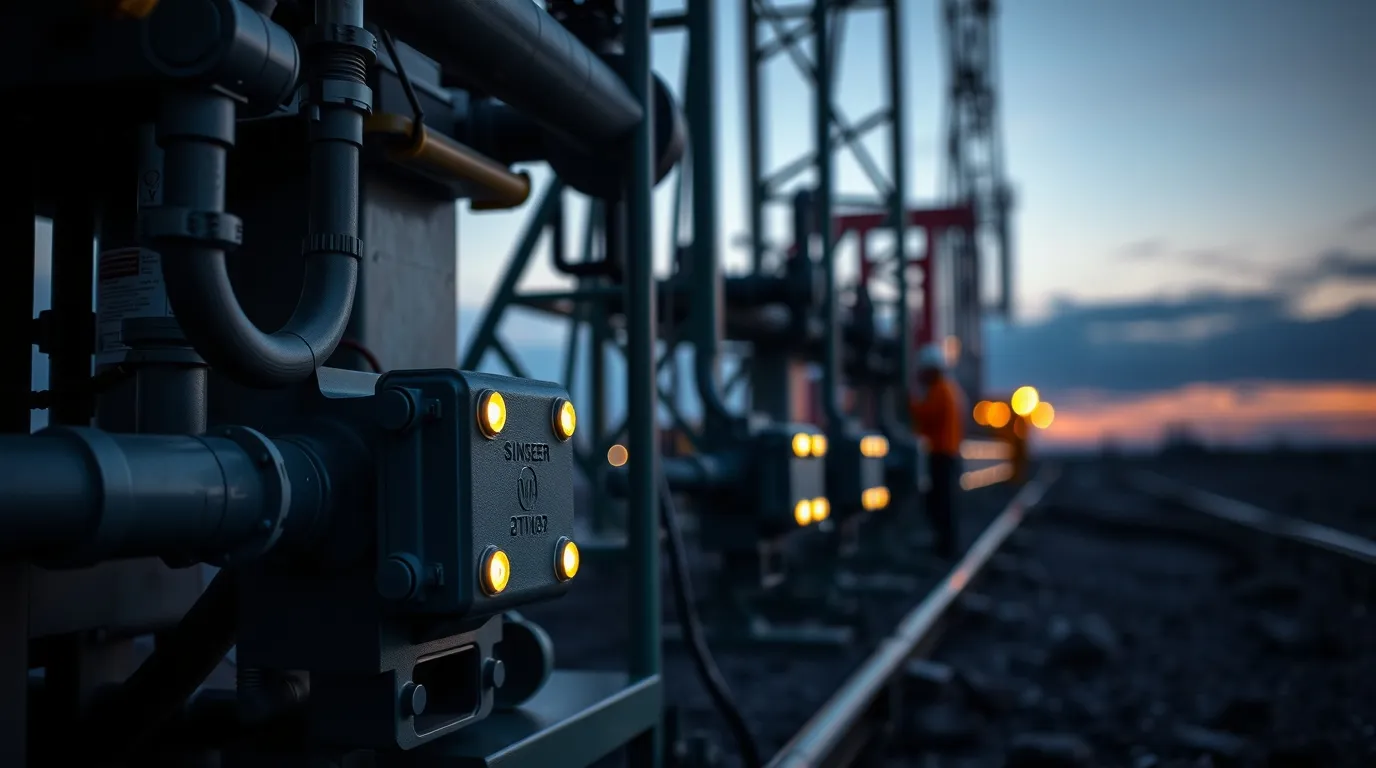
Training takes at least three years, but the network is only effective when paired with a full technological infrastructure. Remote‑control capabilities are essential to help operators respond promptly to abnormal situations.
Field Applications
The first major deployment occurred in 2013 at Lukoil’s operations in Western Siberia and at the Karamandybas field in Kazakhstan (KazMunayGas). In 2017, additional fields joined the program, including Zapadno‑Malobalykskoye, Untygeyskoye, and Arlanskoye, operated by Neftisa. With Zapadno‑Malobalykskoye included, total digital coverage reached more than 14,000 wells.
By 2019, the technology became a core tool for Lukoil’s depleted fields, prompting the company to commission dedicated software.

A milestone came in 2024 when Etton Oil and Gas Solutions presented its digital‑field system to the board of Tatneftekhiminvest‑Holding. Using computer vision, the system manages wells, enhances industrial safety, detects anomalies, plans equipment modes, captures operational data, and oversees production.
This development aligns with Russia’s broader strategy of substituting imported oilfield equipment and digital platforms. With support from new technologies, Russia expects to bring millions of additional tons of oil into production by 2035. The digital and AI needs of mature fields are reinforcing long‑term sectoral trends.
Academic institutions are also contributing by developing AI‑based models for engineering challenges, including fracture propagation in injection wells, formation‑pressure monitoring in oil‑rim reservoirs, and probabilistic modeling for hydrocarbon reserve calculations.






